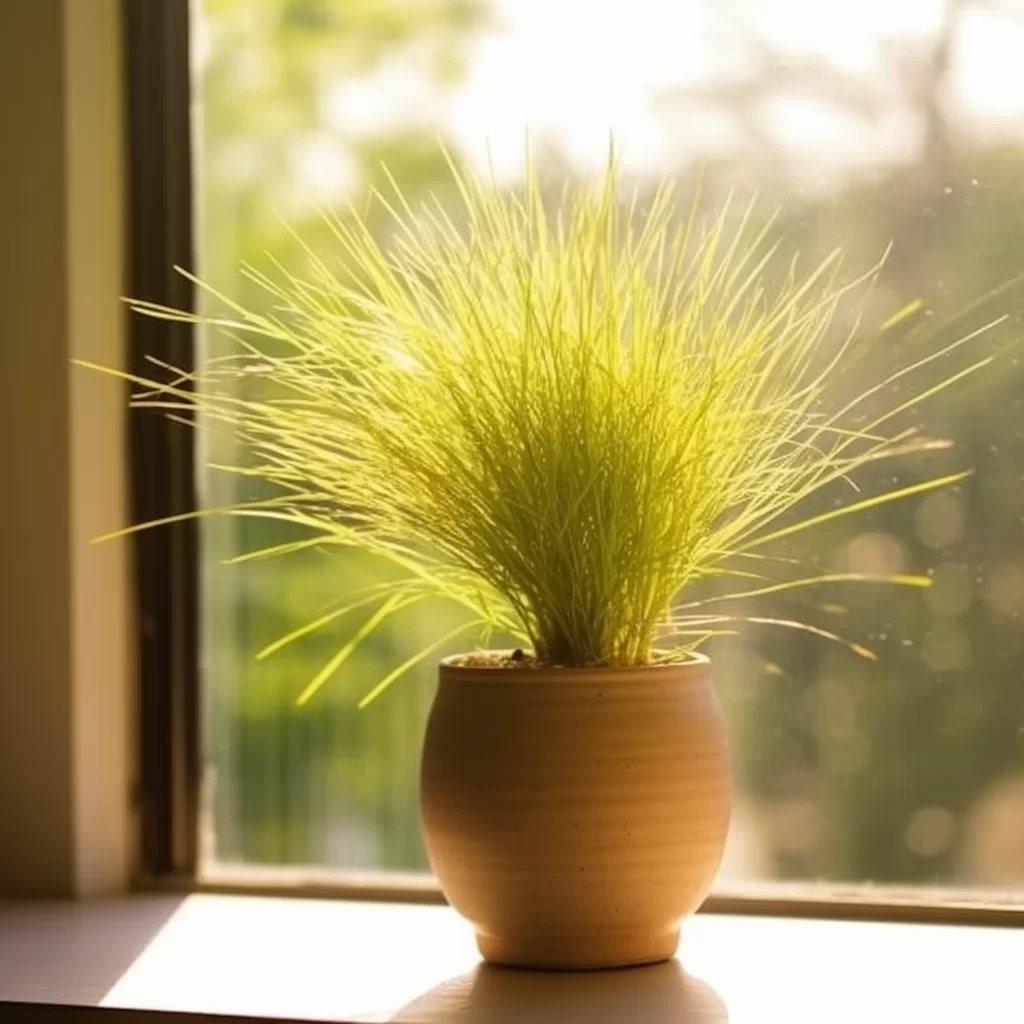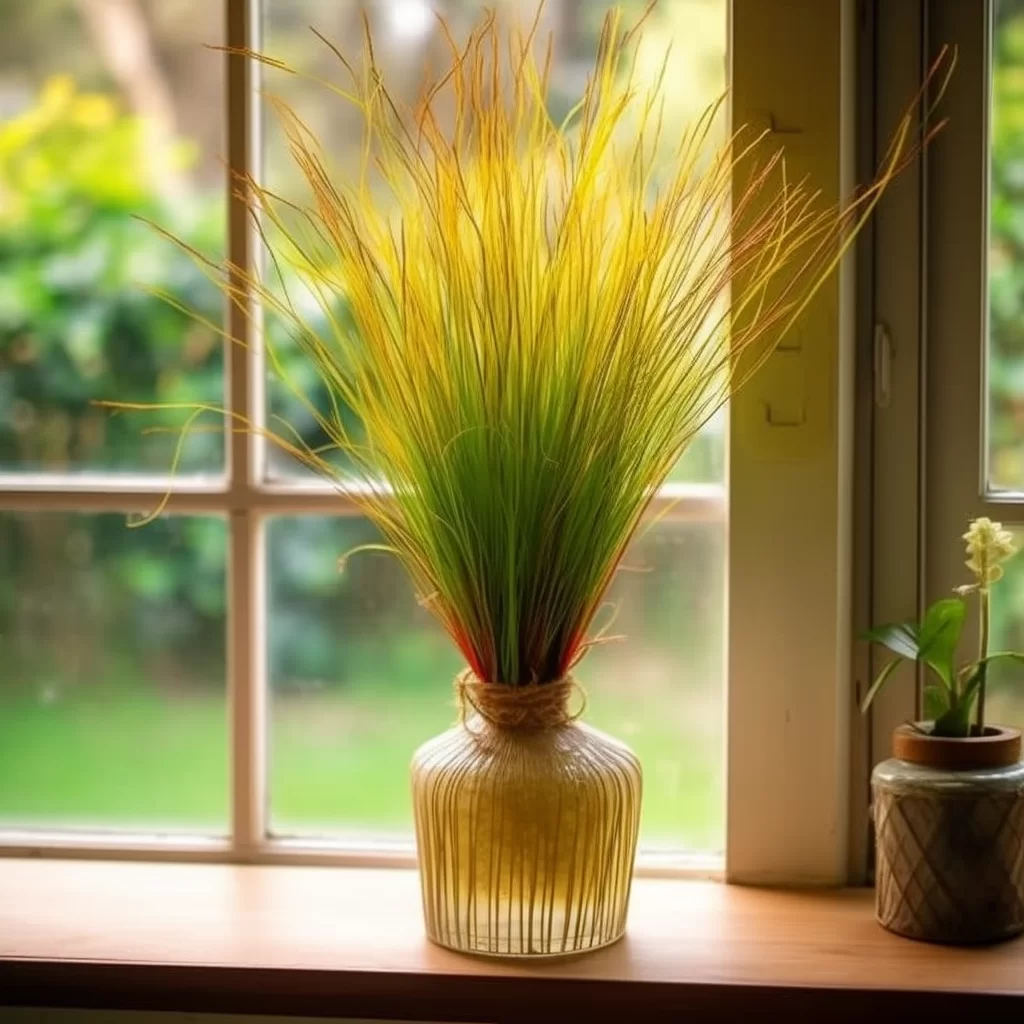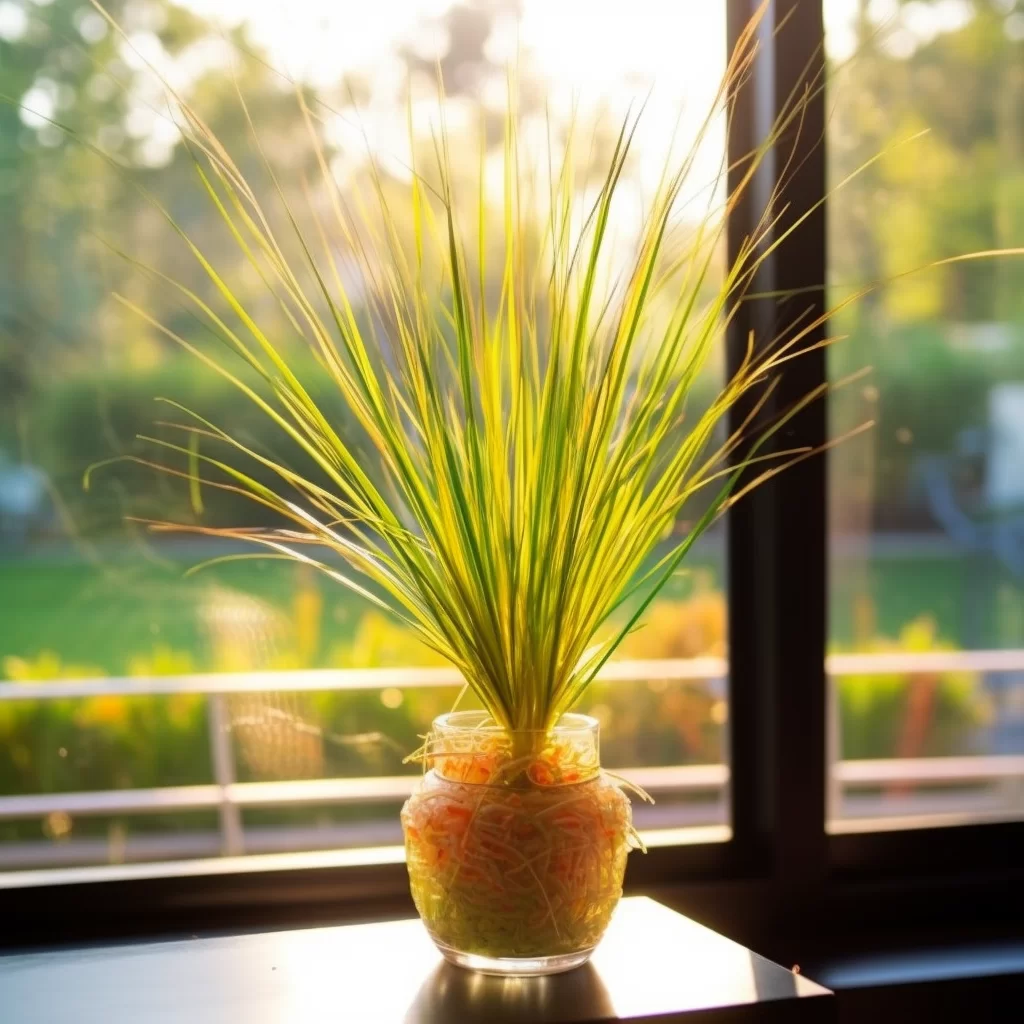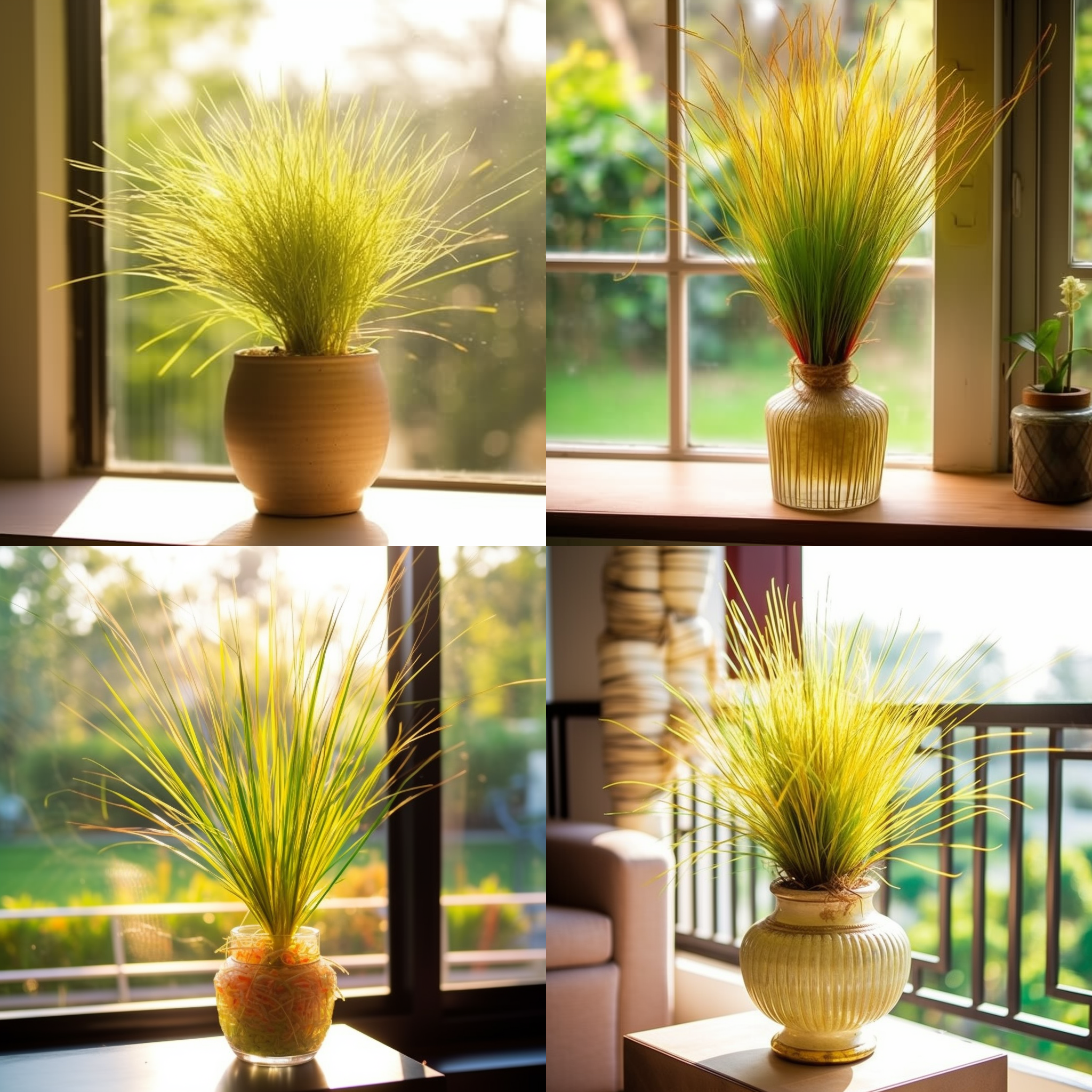Story of Day :
Contents
The Lemon Grass Plant: A Complete Guide and Care Tips
If you are looking for a plant that can lend a refreshing flavor to your tea or other dishes, then lemon grass is the perfect choice. This tall and fragrant grass is easy to grow and maintain, making it an ideal choice for both novice and expert gardeners alike. In this article, we will provide you with a complete guide on how to grow and care for your own lemon grass plant.
What is Lemon Grass?

Lemon grass (Cymbopogon citratus) is a tropical perennial plant that belongs to the Poaceae family. It is native to Southeast Asia but has now become popular all over the world due to its culinary uses. The leaves of this plant have a distinct lemony scent and taste, which make them an excellent addition to soups, teas, curries, stir-fries, marinades, salads or other dishes.
In addition to its culinary uses, lemon grass also has medicinal properties. It contains essential oils such as citral which have anti-inflammatory properties that help in reducing pain and swelling. It also has antifungal properties which can help treat skin infections like ringworm.

How To Grow Lemon Grass?
- Climate: Lemon grass thrives in warm weather conditions with temperatures ranging between 70-95°F (21-35°C).
- Sunlight: Choose a location where your lemon grass will receive full sunlight (at least six hours of direct sunlight every day).
- Soil: The soil should be well-draining with good fertility levels. If the soil lacks nutrients or organic matter then it’s best advised that you fertilize it before planting.
- Planting: You can grow your lemon grass either from seeds or cuttings. If you are using seeds then sow them in a potting mix that has good drainage and keep the soil moist (but not waterlogged). If you are using cuttings then make sure they have at least one node (joint) on them and plant them about an inch deep into the soil.
- Watering: Water your lemon grass regularly to keep the soil moist but avoid overwatering as it can cause root rot.

Lemon Grass Care Tips
Lemon grass is relatively easy to care for and maintain, provided you follow these simple tips:

- Fertilization: Fertilize your plant with a balanced fertilizer (10-10-10) during its growing season (spring to summer). Do this every two weeks for best results.
- Pests & Diseases: Lemon grass is generally pest-resistant but sometimes it can be affected by spider mites, mealybugs or scale insects. To prevent pests from attacking your plants, spray neem oil or insecticidal soap on the leaves periodically.
- Harvesting: You can harvest your lemon grass once it reaches a height of around three feet tall. Snip off the outer leaves close to where they meet the stem. Always leave at least half of the plant intact so that it can continue growing.
Culinary Uses of Lemon Grass
Lemon grass is widely used in Asian cuisine due to its unique flavor profile and health benefits. Here are some ways in which you can use lemon grass in cooking:
- Tea: Take a few fresh leaves of lemon grass and steep them in hot water for a few minutes to make a refreshing tea.
- Curry: Lemon grass is an essential ingredient in many Thai, Vietnamese, and Indonesian curries. It adds flavor and aroma to the dish.
- Soup: Lemon grass makes an excellent addition to soups like Tom Yum, which is a spicy Thai soup that contains shrimp or chicken broth along with other herbs like galangal root, lime leaves, chili peppers etc.
- Mix with Other Herbs: Mix lemon grass with other herbs such as basil or mint for extra flavor when preparing stir-fry dishes or marinades.
The Bottom Line
In conclusion, growing lemon grass plants at home can be an easy and fun experience. You can enjoy its delicious taste while reaping the health benefits it offers. By following our complete guide on growing and caring for your own lemon grass plant, you will be able to produce this fragrant herb in no time!
